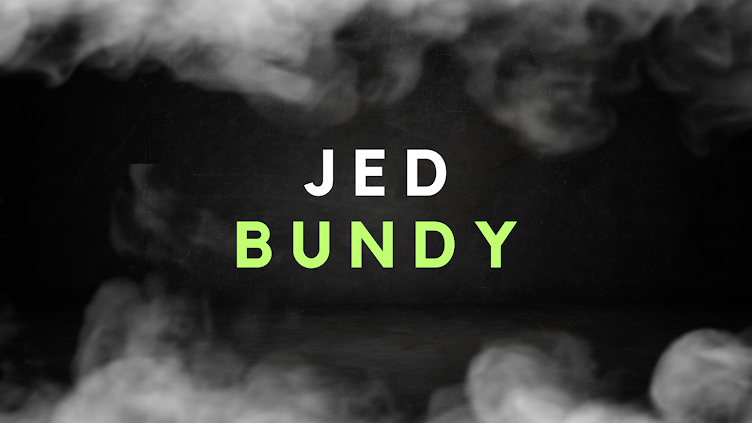Open Water (2003): A Tense Dive into Isolation and Survival
"Open Water," released in 2003, directed and written by Chris Kentis, is a gripping and unconventional thriller that explores the harrowing ordeal of a couple stranded in the vastness of the open ocean. Inspired by true events, the film takes viewers on a tense and claustrophobic journey as it delves into the psychological and physical challenges faced by its protagonists. In this article, we will examine the key elements that make "Open Water" a unique and compelling cinematic experience.
The movie revolves around Susan (Blanchard Ryan) and Daniel (Daniel Travis), a couple on a tropical vacation who find themselves left behind by their scuba diving group in the middle of the ocean. The tension mounts as they realize their predicament and struggle to survive while surrounded by miles of open water. The film is based on the real-life disappearance of a couple during a scuba diving expedition in the Caribbean.
One of the most notable aspects of "Open Water" is its minimalist approach to filmmaking. The movie was shot on a shoestring budget, using handheld cameras and a cast of only two actors. This stripped-down style enhances the sense of realism, making the audience feel as if they are right there with the characters, experiencing the isolation and vulnerability firsthand. The absence of elaborate special effects and extravagant sets adds to the film's authenticity, creating a raw and immersive atmosphere.
"Open Water" succeeds in capturing the fear and helplessness of being stranded at sea. The actors, Blanchard Ryan and Daniel Travis, deliver convincing performances that reflect the emotional and physical toll of their characters' predicament. The film's realism is heightened by the decision to shoot in actual open water rather than in a controlled environment, showcasing the unpredictable nature of the ocean and adding an extra layer of authenticity to the narrative.
As Susan and Daniel grapple with the harsh realities of their situation, the film explores the psychological strain that isolation and impending danger can inflict on individuals. The vastness of the ocean becomes both a stunning backdrop and a formidable antagonist, intensifying the characters' feelings of abandonment and hopelessness. The sound design, incorporating the constant lapping of water and distant sounds of marine life, enhances the suspense, making every moment fraught with tension.
"Open Water" draws inspiration from real-life events and taps into a primal fear of the unknown and the vastness of the open sea. The film's success lies in its ability to engage viewers emotionally, as they share in the characters' struggle for survival. While it may not be a traditional blockbuster, "Open Water" carved its niche as an unconventional and effective thriller that leaves a lasting impression on its audience.
"Open Water" stands as a testament to the power of minimalist filmmaking in crafting a suspenseful and emotionally resonant experience. By immersing viewers in the stark reality of isolation and survival, the film explores the fragility of human existence in the face of nature's unforgiving forces. Nearly two decades after its release, "Open Water" remains a chilling reminder of the vulnerability inherent in the human condition, making it a noteworthy addition to the thriller genre.






